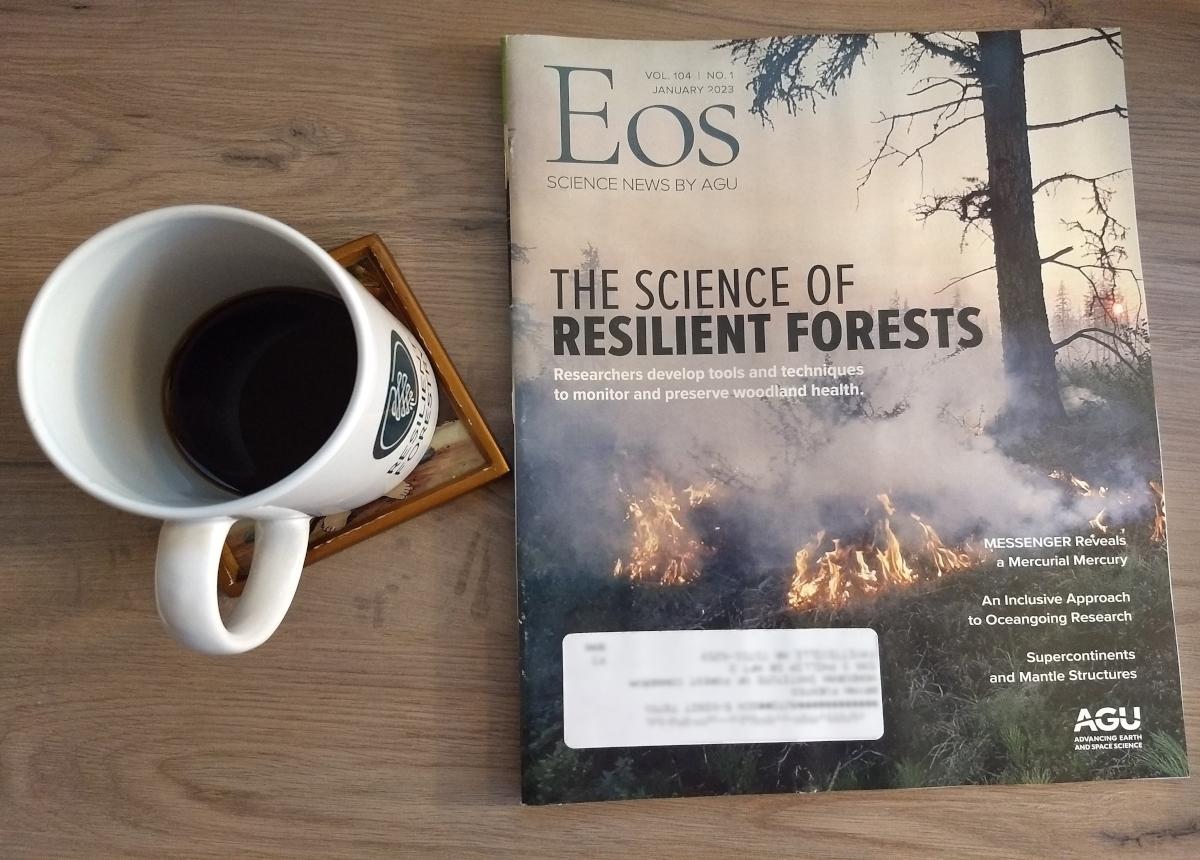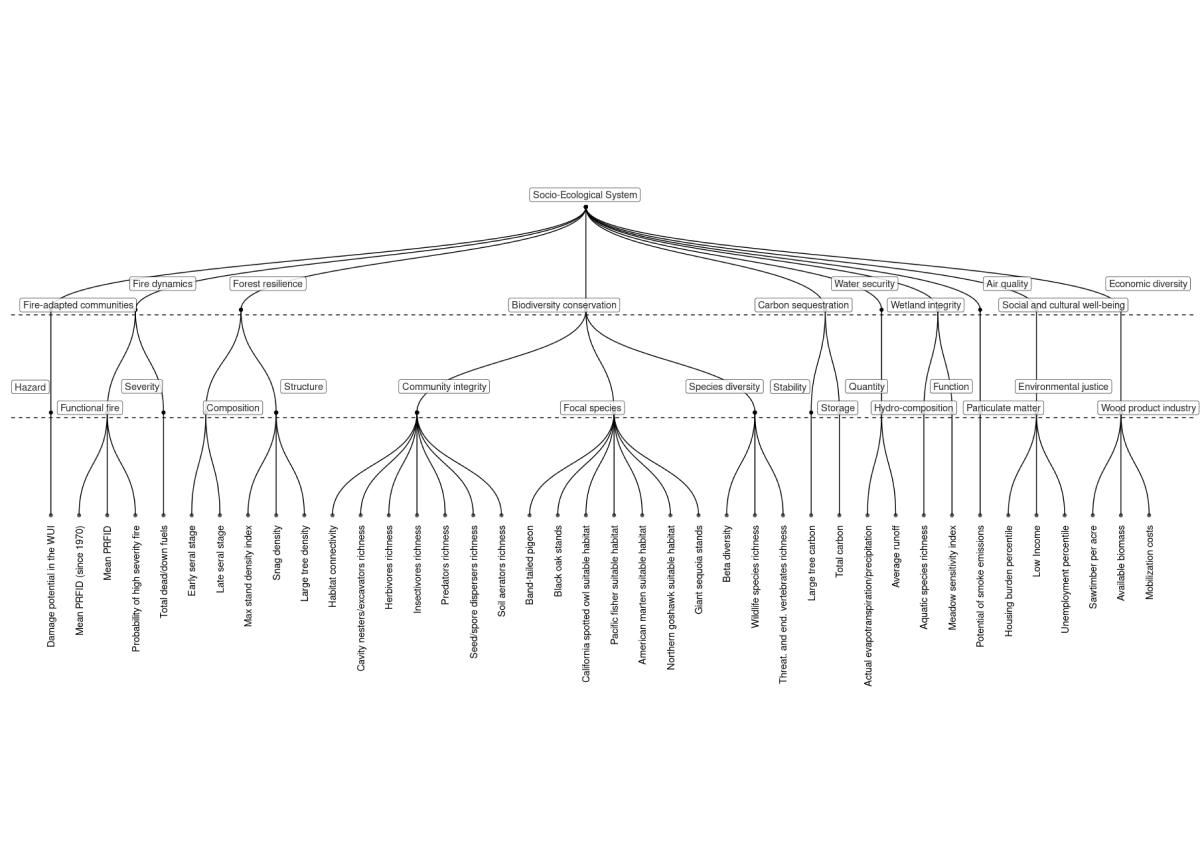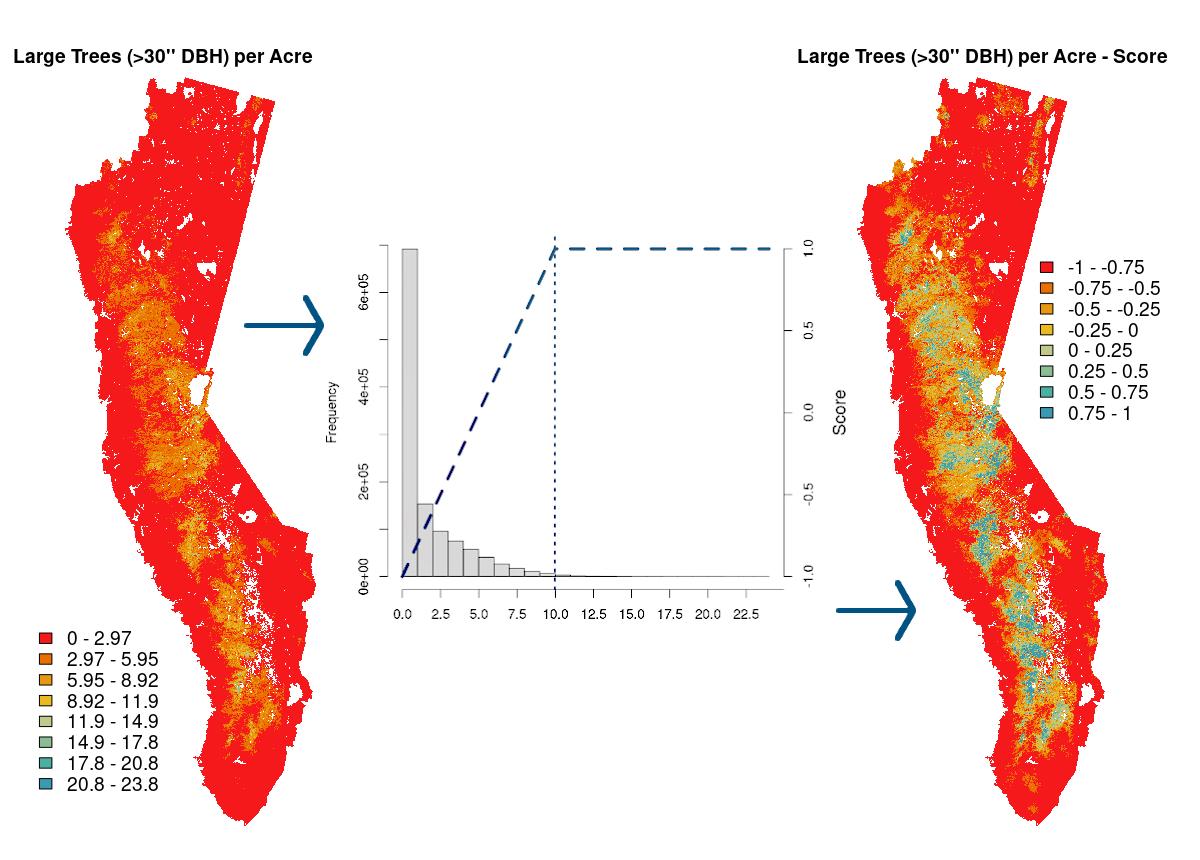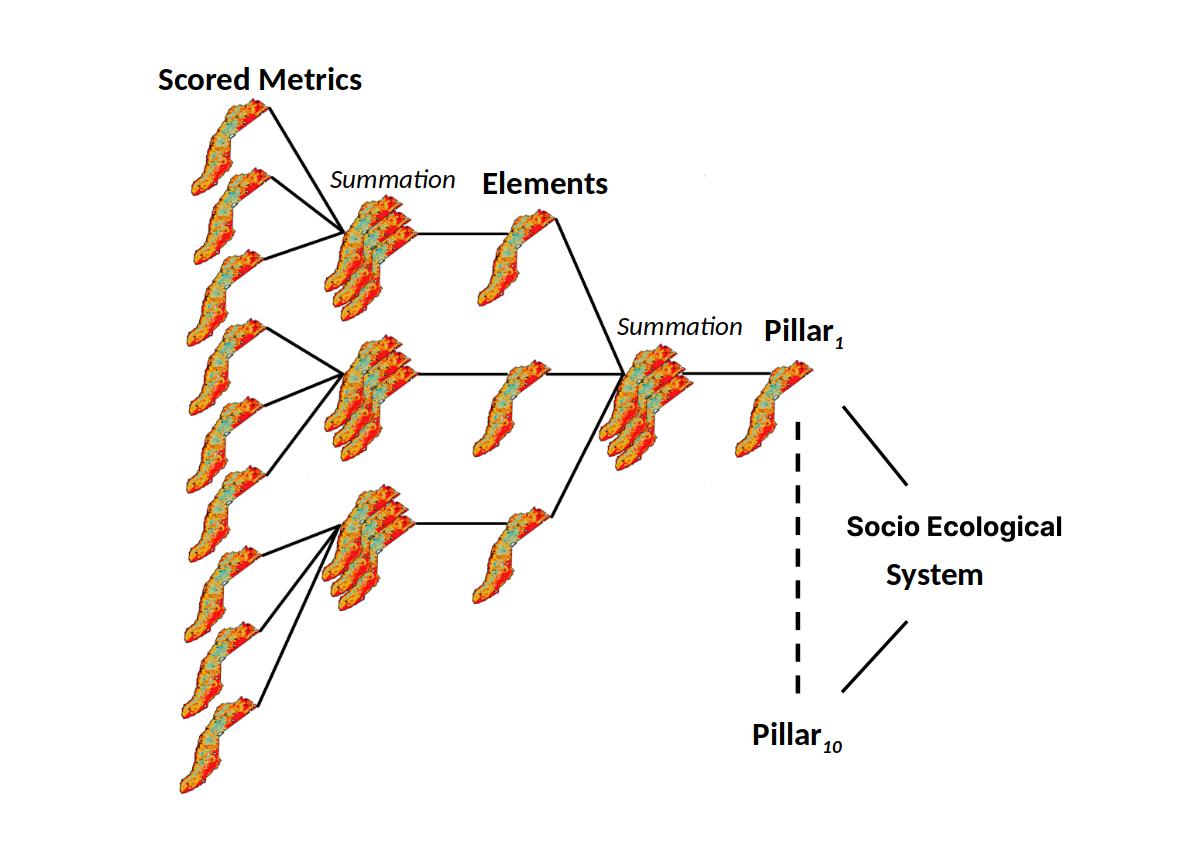Towards Socio-Ecological Resilience
Fri, April 14, 2023

Every time a natural disaster occurs, we become more aware of how our well-being and the well-being of the environment that surrounds us are inextricably linked. Environmental problems not only affect ecological processes, but also those of social, economic, and political nature. Humans are often the cause and the solution to these problems; therefore, our role as another factor influencing environmental dynamics is critical.
One of society’s main goals should be increasing the ability of communities and their surrounding environment to respond to and recover from disturbances, whether natural or human-induced. This ability is termed socio-ecological resilience, and is a concept of increasing importance among scholars, policymakers, and communities across the globe. Socio-ecological resilience aims to provide communities with resources and knowledge so that they can take an active role in the sustainable management of natural resources, while strengthening the environment to keep and recover its optimal functionality after disturbances.
An important aspect of socio-ecological resilience is the understanding of environmental problems as interconnected and complex. Accordingly, communities should take an integrated approach in the identification, mitigation, and prevention of these problems. Although the interconnected nature of problems might result in significant challenges to overcome, it allows communities to address multiple problems simultaneously, and thus to design holistic frameworks for the resilience-oriented management of social and natural resources.
Resilience is in the name of our company. As such, we are actively working with clients and partners to design science-based strategies to promote landscape resilience. One of our most notable efforts so far is the design of a decision support tool for several ecoregions in California, particularly the Sierra Nevada ecoregion. We have partnered with the United States Forest Service to build a user-supervised, data-driven tool whose outputs will inform management strategies towards socio-ecological resilience.
Our decision support tool organizes data and knowledge in a hierarchical structure, which breaks down general but complex socio-ecological components into specific but more practical management targets. The highest level of the hierarchy contains the Pillars, which represent fundamental components of socio-ecological systems. The middle level contains the Elements, which are core features of each Pillar. The lowest level contains the Metrics, which represent tangible characteristics of each Element. The figure below shows a schematic of the hierarchical structure.

The metrics can be measured or estimated thanks to their tangible, spatially- and temporally-explicit nature. As such, they are the basis for the implementation and monitoring of management strategies towards resilience. It is important to note, however, that metrics in their original state do not convey enough information for the assessment of the current and/or future state of socio-ecological resilience. For this reason, we have developed mathematical models that evaluate each metric (in the form of digital maps) based on functional ecological knowledge. This evaluation results in “transformed” (i.e., scored) versions of the metrics that quantify how favorable or unfavorable socio-ecological conditions are towards resilience.
The figure below shows an example of the evaluation (i.e., scoring) process for the metric large trees (DBH > 30”) per acre (TPA). Ecological knowledge suggests that these trees are an important source of seed stock and wildlife habitat, and that they contribute to critical processes like carbon storage and nutrient cycling. Accordingly, higher values of this metric receive a higher score until reaching an endpoint condition equal to 10 TPA. Values greater than the endpoint condition are considered fully optimal in terms of socio-ecological resilience; and thus, they receive a score of 1.

Bonus: Play with the interactive map below to see the differences between the TPA maps in relation to the imagery basemap (Tip: zoom in/out and activate/deactivate layers using the icons on the left of the map).
The scoring process is iterated across all metrics, with special care on selecting the adequate mathematical model since ecological knowledge may suggest a different scoring criterion for a particular metric (e.g., lower metric values = higher score, modal metric values = lower score). An important aspect of the hierarchical nature of our decision support tool and its scoring process is that it produces spatially- and temporally-explicit representations of elements and pillars in the form of digital maps. These maps are highly valuable to assess the relationships across elements and pillars, which in turn is useful to understand the interconnected and complex nature of socio-ecological processes. The figure below shows a schematic of the multi-level scoring outputs.

Lastly, we are working on making this decision support tool more scientifically robust, adaptive, and user-friendly, so that ecologists can fully exploit its capabilities for the benefit of communities and their surrounding environment.
Acknowledgements: We are grateful for the great work and support provided by Pat Manley and Nick Povak from the USFS towards the creation and advancement of this tool. Also, we want to thank all the ecologists who have diligently collected, processed, and analyzed the data used in this project.
